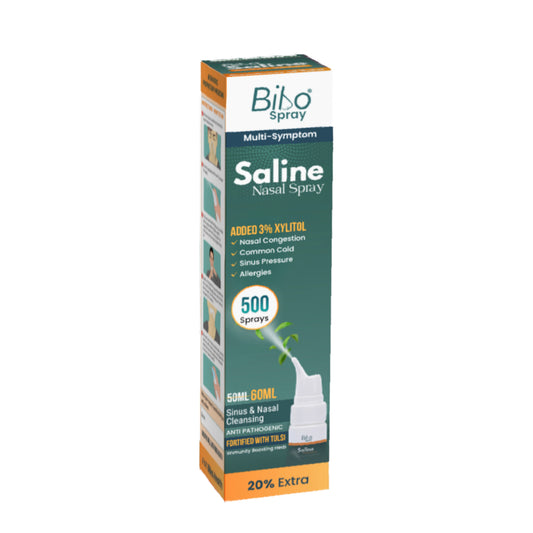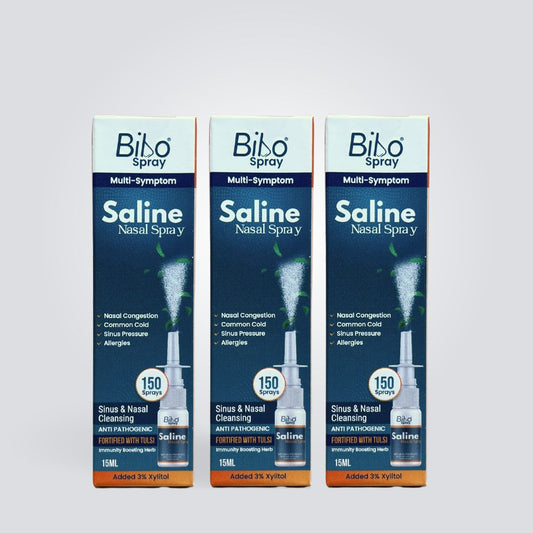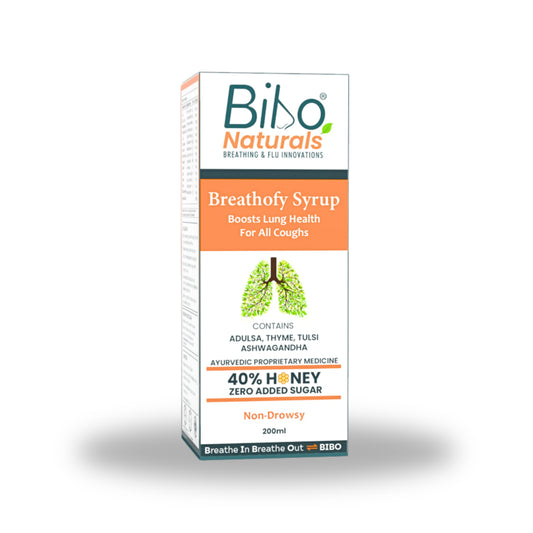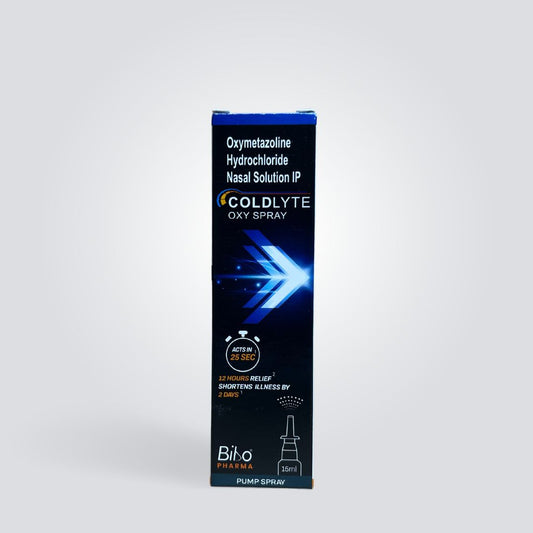Blog written by: Sourav Pattanayak (M Pharm, MBA)
Due to aspiration or inhalation of exogenous or endogenous lipid-containing compounds, lipoid pneumonia is an uncommon type of lung illness. This illness has often only been discovered post-mortem accidentally and in connection with significant respiratory impairment in the past. For the treatment of this lung ailment, there are presently no specific evidence-based guidelines. Assessment of a patient with lipoid pneumonia needs interprofessional team members to work together to identify this disease process early and inform patients about the risk factors for developing this uncommon type of pneumonia.
Types:
Endogenous lipoid pneumonia
This kind is also known as idiopathic pneumonia or cholesterol pneumonia. In this, fat and cholesterol are released as a response to injured tissue. Sometimes, the accumulation of fat and cholesterol in the lungs can result in inflammation and pneumonia. Typically, it is a chronic condition.
Exogenous lipoid pneumonia
This kind is brought on by inhaling fatty or oily substances like mineral oil or vegetable oil. Pneumonia is brought on by the oil particles that collect in the lungs. Exogenous lipoid pneumonia can be rapid and severe, acute, or chronic with continued exposure to oil compounds.
Pathophysiology
The pathophysiology of exogenous lipoid pneumonia is supported by a lingering foreign body reaction to fat. The dangerous substance enters the lungs via breathing or aspirating substances that do not result in a cough reflex. Fat is absorbed by macrophages in the alveoli, but because they are unable to digest the material, the alveoli are continually exposed to it after the macrophage dies, which causes a granulomatous response. Endogenous pneumonia's process has been the subject of several ideas, but it ultimately entails harm to alveolar epithelial cells, retained secretions, elevated endogenous cholesterol, cell disintegration, and vascular leakage that results in local hypoxia and carbon dioxide retention. Both types result in an accumulation of foamy cells in the alveoli.
Histopathophysiology
With histologic characteristics demonstrating lipid-laden macrophages in respiratory secretions acquired by bronchoalveolar lavage or lung biopsy, a definitive diagnosis is achieved. Lipids are identified using specialized stains, such as oil red O or Sudan staining.
Diagnosis
This can be diagnosed by various processes they are followed by
- Syndrome of acute respiratory distress
- Pneumococcal pneumonia
- Influenza pneumonia
- Bacterial pneumonia
- Pneumonia from aspiration
- Lung cancer
- Thoracic fibrosis
Treatment
There isn't currently a standard of care for treating lipoid pneumonia. Exogenous lipoid pneumonia must always be treated immediately to avert more harm from occurring. Given their anti-inflammatory properties, corticosteroids have been shown in numerous case reports to improve both types of conditions, but more study is required to establish the appropriate dosage and course of treatment. Depending on the underlying reason, further supportive therapies such as immunoglobulins and whole-lung lavage have been employed.
Complication
- Respiration difficulty
- Syndrome of acute respiratory distress
- Widespread alveolar bleeding
- Further infection
The exogenous or endogenous substance causes result in lipoid pneumonia, and understanding these two distinct conditions is crucial for pneumonia condition. There are various ways exogenous pneumonia occurs and they are acute types mostly they are treated easily. In his process very important is how much lipid content is inhaled by the patient. In actuality, it is essential to recognize the many exogenous lipoid pneumonia symptoms and use this information to diagnose the ailment. Also, the CT scans the determination the effective area and they also know how much time the patient is exposed to lipoid pneumonia.
In the other phase, endogenous lipoid pneumonia is caused by the accumulation of fat or cholesterol in the lung tissue They cause bronchial smooth muscle constriction.
References:
- Schwaiblmair M, Berghaus T, Haeckel T, Wagner T, Scheidt Wv. [Lipoid pneumonia - an underestimated syndrome]. Dtsch Med Wochenschr. 2010 Jan;135(1-2):27-31.
- Hadda V, Khilnani GC. Lipoid pneumonia: an overview. Expert Rev Respir Med. 2010 Dec;4(6):799-807.
- Lin J, Huang LL, Zhang JW, Ye MH, Feng JX. Endogenous lipoid pneumonia presenting as solitary pulmonary nodule: a case report. Int J Clin Exp Pathol. 2015;8(8):9727-30.
- Tancredi A, Graziano P, Scaramuzzi R, Scaramuzzi G, Carosi I, Attino V, Cuttitta A, Taurchini M. Exogenous Lipoid Pneumonia due to Chronic Inhalation of Oily Product Used as a Lubricant of Tracheotomy Cannula. Eurasian J Med. 2018 Jun;50(2):125-127.
- Byerley JS, Hernandez ML, Leigh MW, Antoon JW. Clinical approach to endogenous lipoid pneumonia. Clin Respir J. 2016 Mar;10(2):259-63




